Robotic Welding: Its Significance in Contemporary Manufacturing
With its ability to provide accuracy and speed in areas with high demand, welding robots are revolutionizing automated manufacturing. These welding robots are excellent at accurately doing repeated jobs, which lowers labor expenses and human error. Welding robots provide reliable and superior welds in either the automotive or aerospace sectors. But smooth, regulated motion is essential to their effectiveness. This is where high-performance gear boxes come into play, stabilizing and enhancing the performance of the robots throughout the welding process.
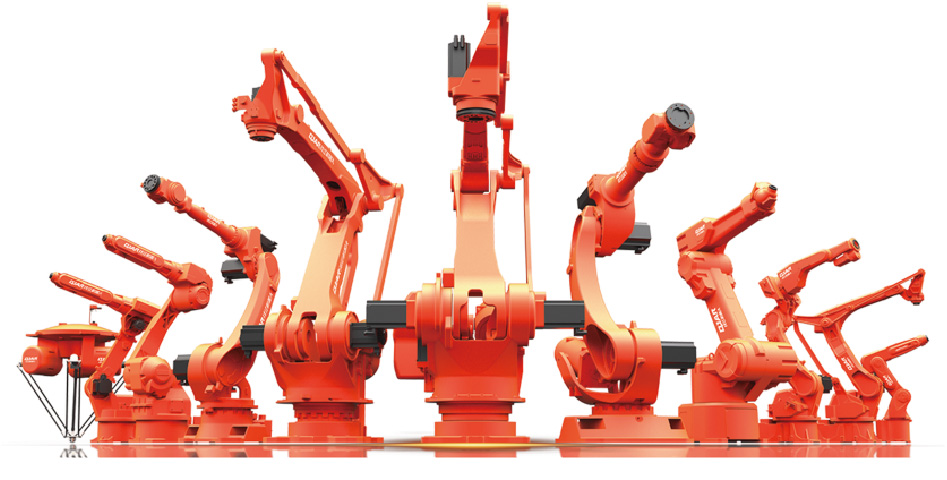
How Gear boxes Improve Welding Robot Performance
Advanced gear box integration is critical to the smooth running of welding robots. The torque and speed of the robot are regulated by a gear box, enabling smooth and precise motions while welding. A high-performance gear box is essential for the robot to have the accuracy required for precise welding. The gear box controls the transmission of power, which keeps welding robots moving consistently and allows them to do both basic and complicated welding jobs very well.
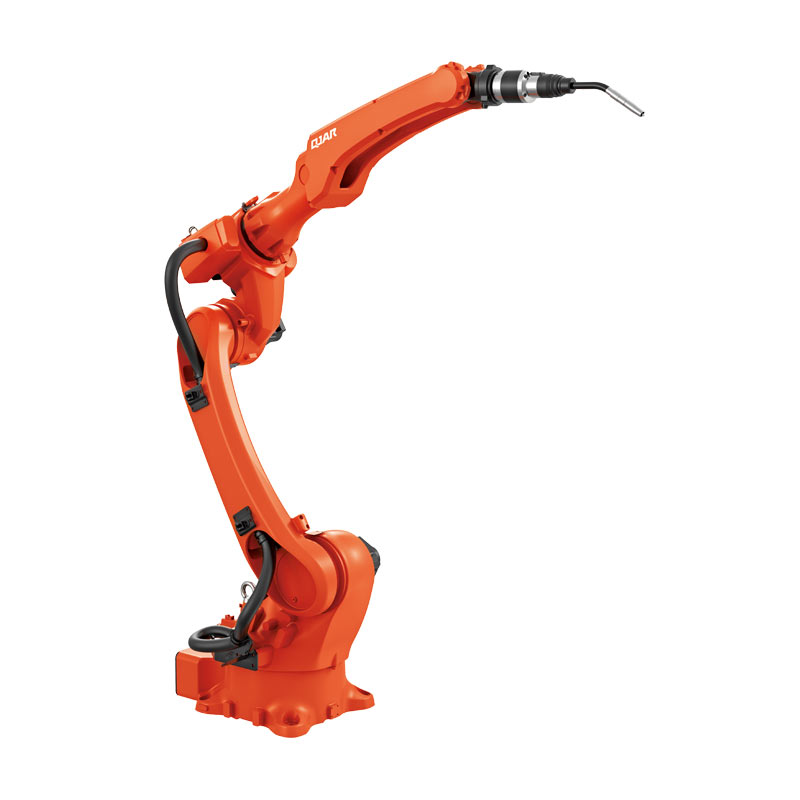
Gear boxes and welding robots working together in production
High-performance gear boxes combined with welding robots provide manufacturers a noticeable increase in production efficiency. Because the gear box provides torque control, the combination enables welding robots to conduct intricate welding jobs with stability and accuracy. This combination lessens the need for regular maintenance and saves downtime. Welding robots can therefore run constantly, satisfying high production needs without sacrificing quality, which lowers operating costs and boosts profitability.
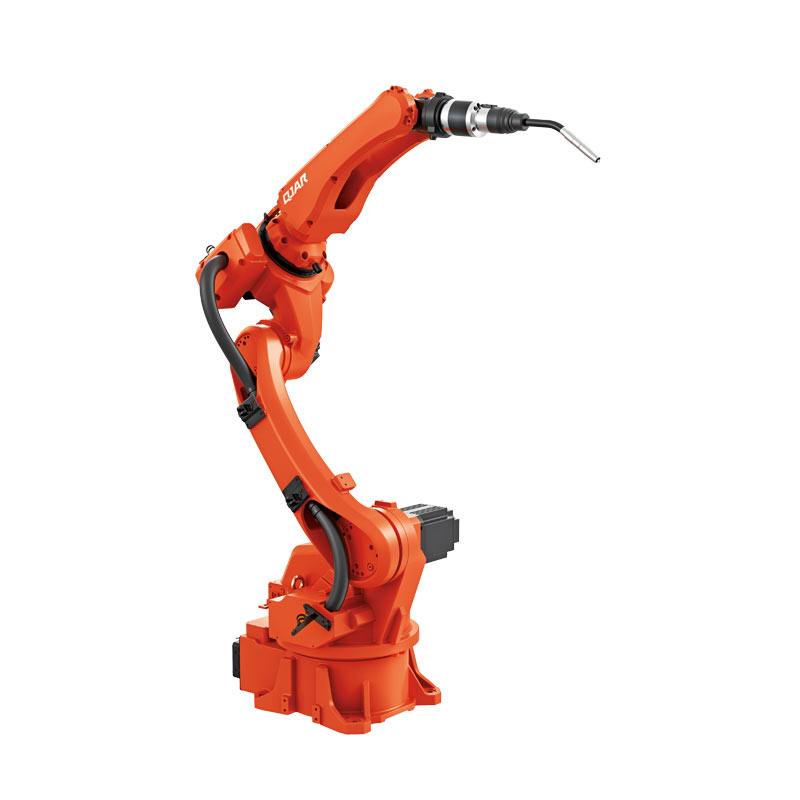
Economy and Efficiency in Welding Automation
With the help of gear boxes and welding robots, manufacturers stand to gain from greater productivity and reduced costs. Welding robots may considerably boost factory output since they can operate around the clock without the need for human help. Welds are applied consistently, reducing mistakes and rework, thanks to the gear box‘s ability to maintain accurate and smooth robotic motions. This confluence of technology results in lower labor costs, higher productivity, and more effective industrial processes.
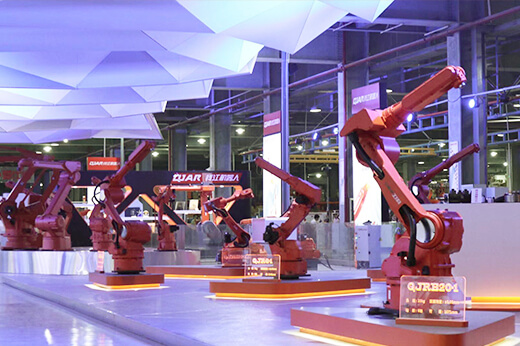
using gear boxes to weld robots’ flexibility and adaptability
Modern gear boxes and welding robots offer unparalleled adaptability in manufacturing environments. The gear box‘s tight control allows these robots to be readily reprogrammed for a wide range of tasks, from simple spot welding to intricate seam welding. The gear box ensures that the robot can tolerate different torque and speed levels without experiencing a decrease in performance. Manufacturers need to be able to quickly adapt to shifting production requirements in order to maintain continuous and efficient operations.
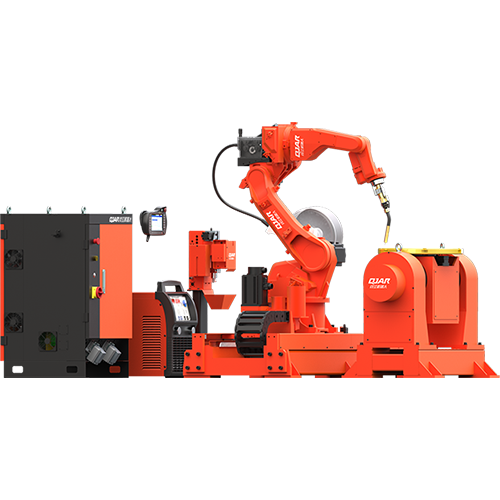
The Future of Automation in Gear boxes and Robot Welding
Automation of the future depends on welding robots and high-performance gear boxes working together continuously. Welding robots and gear boxes will both become more advanced as technology advances thanks to real-time data analysis and AI-driven changes. As a result, companies will be able to better optimize their manufacturing processes and their accuracy and flexibility will increase even more. In order to encourage productivity and creativity in the industrial sector, gear boxes and welding robots will continue to be crucial.
